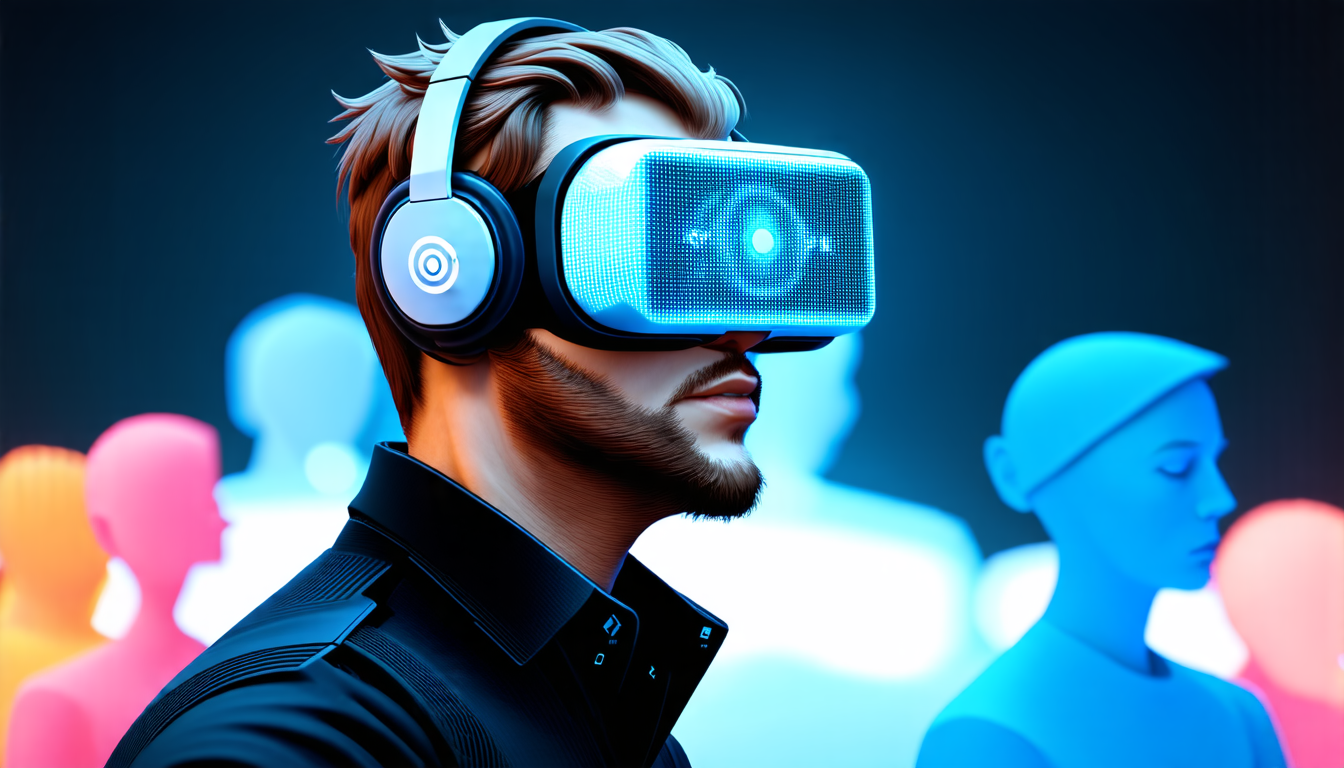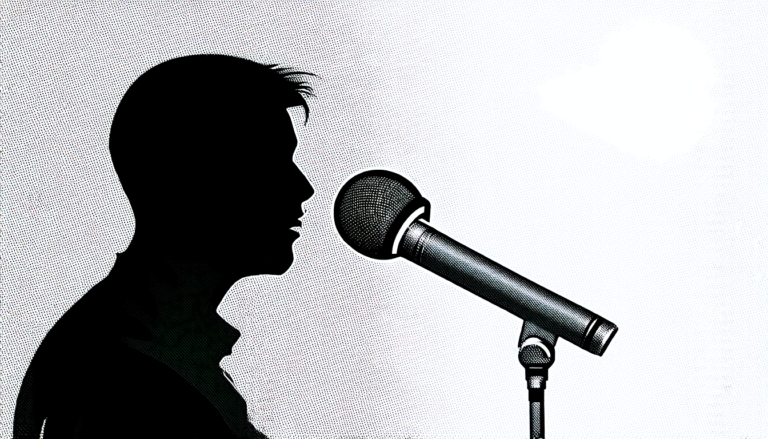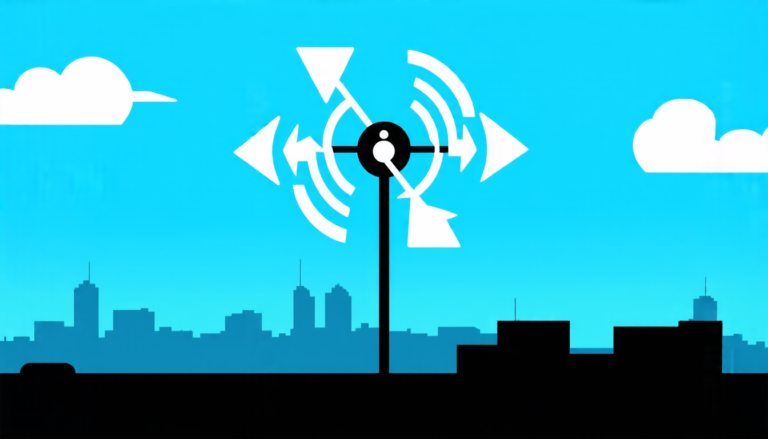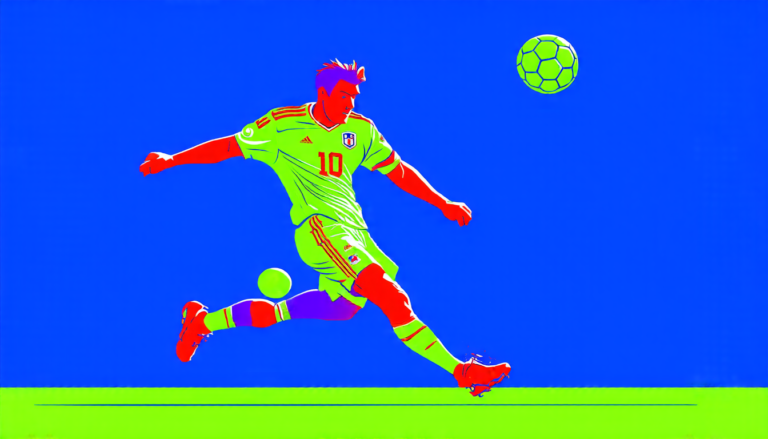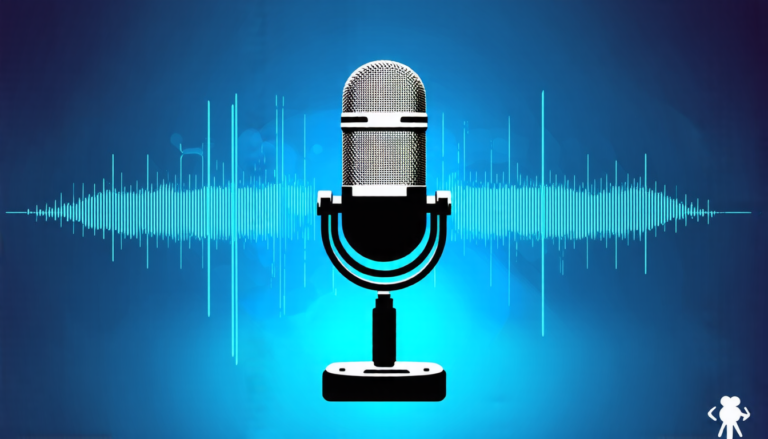Wednesday 08 October 2025
BodyWave is a revolutionary new technology that allows us to track our body movements in real-time, without the need for cameras or other visible sensors. Developed by researchers at Meta Reality Lab and Cornell University, this innovative system uses millimeter-wave (mmWave) radar to detect even the smallest changes in our bodies.
The mmWave radar used in BodyWave is capable of detecting non-line-of-sight movements, meaning it can track our body parts even when they’re not directly visible. This makes it particularly useful for applications where traditional cameras or sensors may struggle, such as in low-light environments or when tracking lower-body movement.
One of the key challenges faced by researchers was the limited view angles of camera-based solutions, which often provide only sparse and self-occluded input from head-mounted cameras. To address this issue, BodyWave’s mmWave radar is placed just 4cm away from the face, allowing for more accurate tracking of body movements.
To process the raw signal data collected by the radar, researchers developed a sophisticated algorithm that converts it into high-resolution range profiles. These profiles are then used to predict fine-grained 3D coordinates of body keypoints, such as joints and limbs.
In testing, BodyWave achieved impressive results. In a user study with 14 participants, the system was able to accurately track body movements with an average error of just 9.85 cm on unseen users. With a few minutes of user calibration, this error decreased to 4.94 cm, and in fully-adapted settings, it reached as low as 3.86 cm.
BodyWave’s potential applications are vast and varied. For example, it could be used to create more realistic digital avatars for virtual reality (VR) or augmented reality (AR) experiences, allowing users to control their digital representations with greater precision. It could also be applied in fields such as gaming, healthcare, and education, where accurate tracking of body movements is crucial.
One of the most exciting aspects of BodyWave is its potential to enhance our sense of presence and immersion in virtual environments. By accurately tracking our body movements, we can feel more connected to the digital world around us, blurring the lines between reality and fantasy.
BodyWave’s innovative use of mmWave radar technology has opened up new possibilities for human-computer interaction, and its applications are likely to be far-reaching and diverse.
Cite this article: “BodyWave: Revolutionary Technology for Accurate Body Movement Tracking”, The Science Archive, 2025.
Bodywave, Mmwave Radar, Body Movement Tracking, Virtual Reality, Augmented Reality, Digital Avatars, Human-Computer Interaction, Presence, Immersion, Sensor Technology

